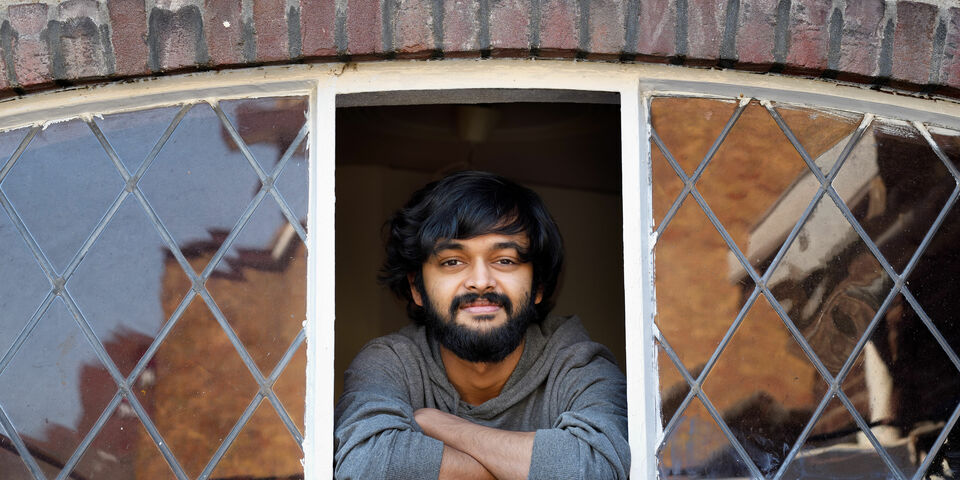The Rooms Where it Happened
Much has been said of the paintings (IYKYK) already. Is it emblematic of a bias in academic culture or is the response a symptom of misguided, intolerant 'wokeness' that is dangerously taking over university campuses? How essential is inclusivity for a healthy education and research environment, and how much does institutional messaging matter for diverse groups to feel welcome? These are thorny questions that will no doubt come back again on a different subject.
My research group regularly hosts our Thursday morning group meetings in the now (in)famous Jan Pieter Minckelers room in Helix and for a couple of years, I too had observed the noticeable skew in who was portrayed in academic garb and who appeared informal.
It felt deliberate, but I didn’t think much of it. I felt it was tolerated and perhaps gave art a free pass; after all, paintings and sculptures have immortalized far more brutal elements of history – depictions of forced labor, portraits of slave-traders, ruthless imperialists – on the walls of university campuses worldwide. But it was also not the first time that I had noticed something somewhat unsavory during my time on campus.
A few years ago (and perhaps still now, I haven’t checked), a poster adorned the corridors of the physics department in Flux celebrating the 'Men of Modern Mathematics', published in the 1960s by IBM and distributed to universities and school systems globally. It perhaps comes as no surprise that an artefact so archaic espouses values different to those of the present. At that time, even in the west, examples of blatantly biased policies were common – countries like Portugal, Switzerland, Canada, and Liechtenstein hadn’t even yet granted full, unrestricted suffrage. In other instances, I’ve heard non-white colleagues being 'accidentally' referred to as colored, a loaded term with a difficult history in several parts of the world. I’ve also been told on occasion that the minority of female participation in STEM fields arises from a lack of interest among women to pursue 'hard sciences'. A similarly patronizing claim by a British social mobility commissioner (points for irony) drew considerable flak past April.
At the same time, must we censor everything off-color or address the inequities they represent openly? Pick your flavor because damned if you do, damned if you don’t. But irrespective of the choice, an honest, transparent self-reflection is a prerequisite. Because it is never enough to merely declare our newly-found values and DEI initiatives, the outcomes – equity in recruitment, exposure, support and mentorship – must speak for the decisions in the long run. Snippets from the recent diversity surveys show that currently, there is a chasm between what universities across the country aspire and what its students and employees perceive. Art is an excellent way to contextualize that gap and to bridge it; its installation, defacement, or removal are each important steps to mark in that process.


Discussion